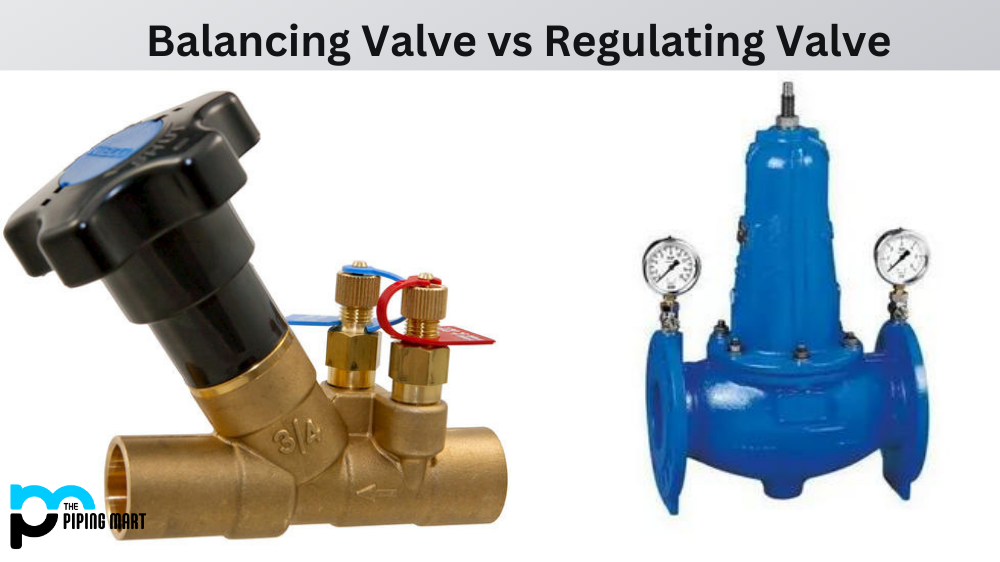For decades, float valves have been used in water tanks, boilers, and other industrial applications. They are simple mechanisms that help to control water flow, keeping the water level from getting too high or too low. However, like any technology, there are both advantages and disadvantages to using float valves. In this comprehensive guide, we’ll explore the pros and cons of using float valves and help you decide if they’re the right choice for your application.
What is Float Valve?
Float valve is an automatic device that controls the level of liquid in a tank. It works by allowing water to enter a chamber and float on top of a closely-fitted plug, which lifts when the desired level is achieved and stops any more from entering. This method eliminates manual operation as it requires little maintenance and is much more accurate than other methods. It also prevents overflow and allows for precise regulation of water levels in tanks, reservoirs, or vessels.
Advantages of Using Float valve
Cost-Effective: Float valves are generally affordable compared to other water level control mechanisms. They are simple, durable and low-maintenance.
Wide Range of Applications: Float valves can be used in various applications, from simple household water tanks to complex industrial processes. They can be configured to work with different liquids and used in high-pressure and low-pressure systems.
Simple Operation: The mechanism of float valves is very simple, only requiring a float attached to an arm connected to a valve that opens or closes based on the water level. This makes the installation and operation of float valves very straightforward.
Reliable: Float valves are a reliable choice for water level control. They can operate automatically with no additional energy source and are unaffected by power outages or mechanical failure.
Disadvantages of Using Float Valve
Limited Adjustment: Although float valves can be adjusted to a certain extent, the adjustment range is limited. If the water level needs to be adjusted beyond the range of the float valve, other mechanisms may need to be installed.
Maintenance Required: While float valves are low maintenance, they still require occasional inspection and cleaning to ensure proper operation. The valve can become clogged or jammed with debris over time, causing it to malfunction.
Lack of Precision: Float valves are low-precision devices and can only control water levels to a certain extent. More advanced technologies may be necessary in applications where precise water level control is necessary.
Capacity Limitations: Float valves have specific weight limitations and may not be suitable for larger water tanks or applications requiring high water flow rates. In such cases, other mechanisms may be necessary.
Conclusion:
Float valves offer a simple, reliable, cost-effective way to control water levels in various applications. They are easy to install and require minimal maintenance. However, they have limited adjustment, lack high precision, and must be more suitable for larger applications. The decision to use or not to use a float valve should be based on the needs and requirements of the specific application. We hope this guide has shed some light on the advantages and disadvantages of float valves and will help you decide whether to use one in your water level control mechanism.




